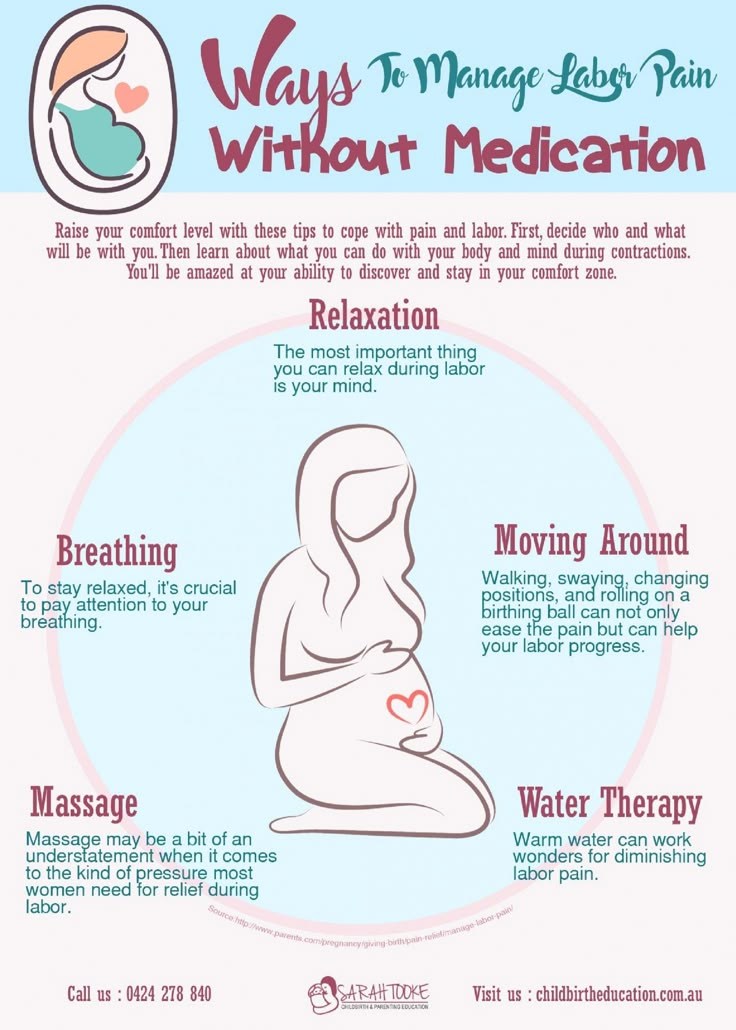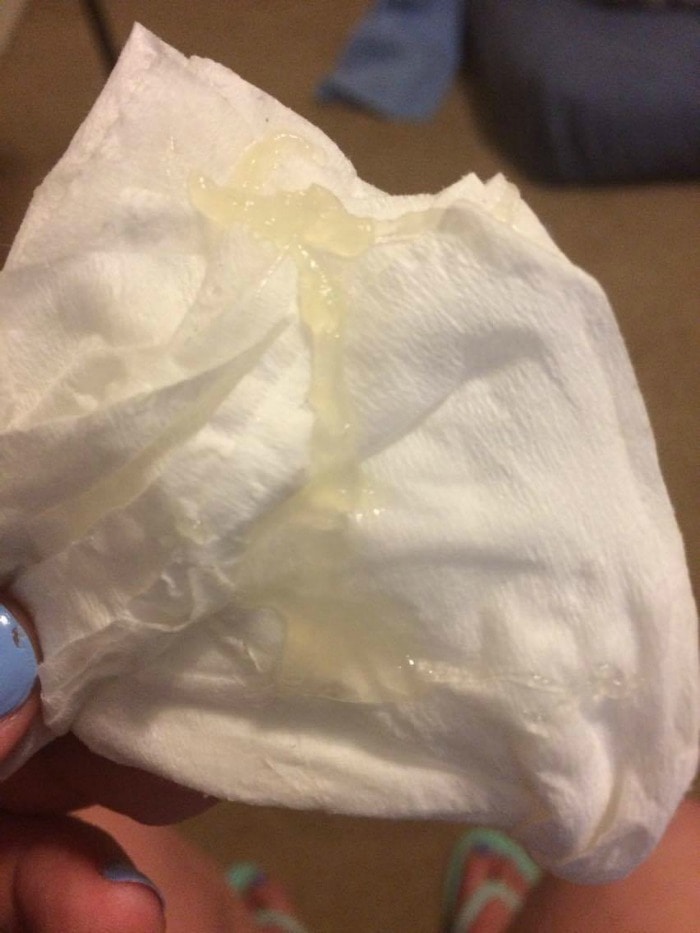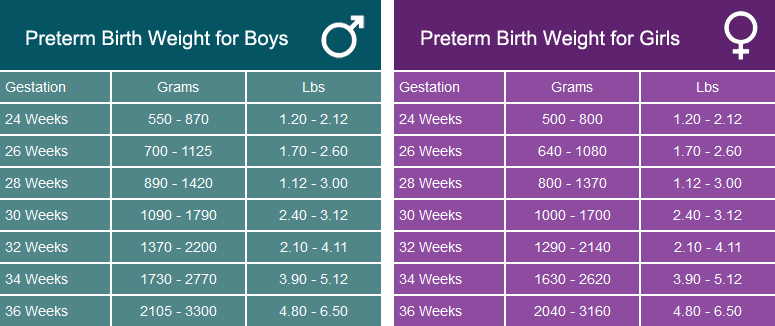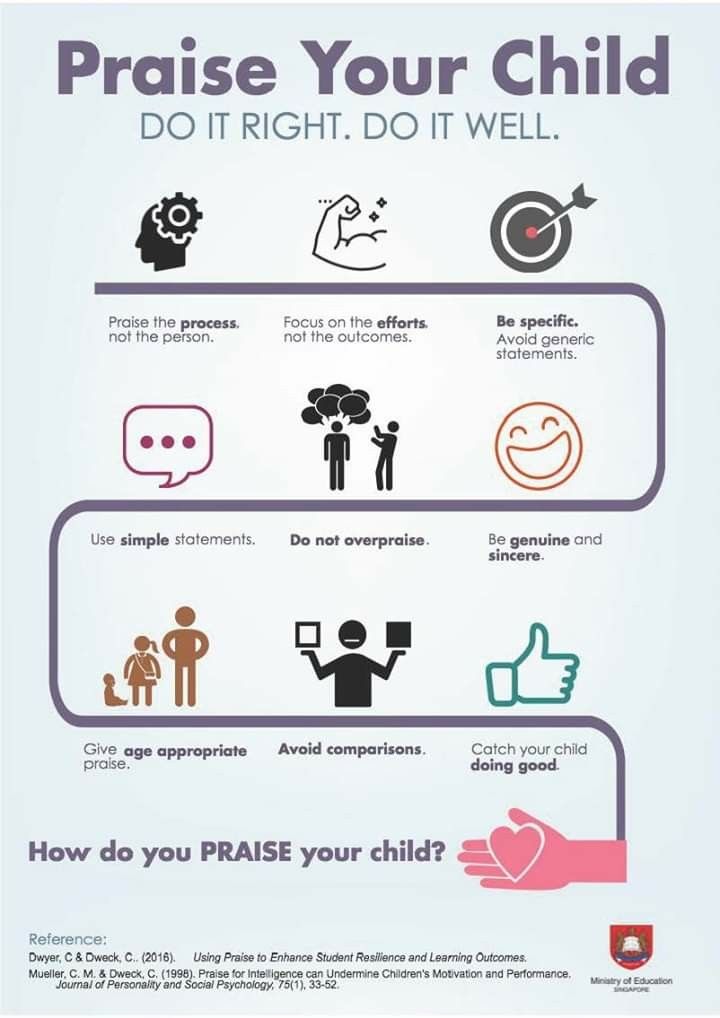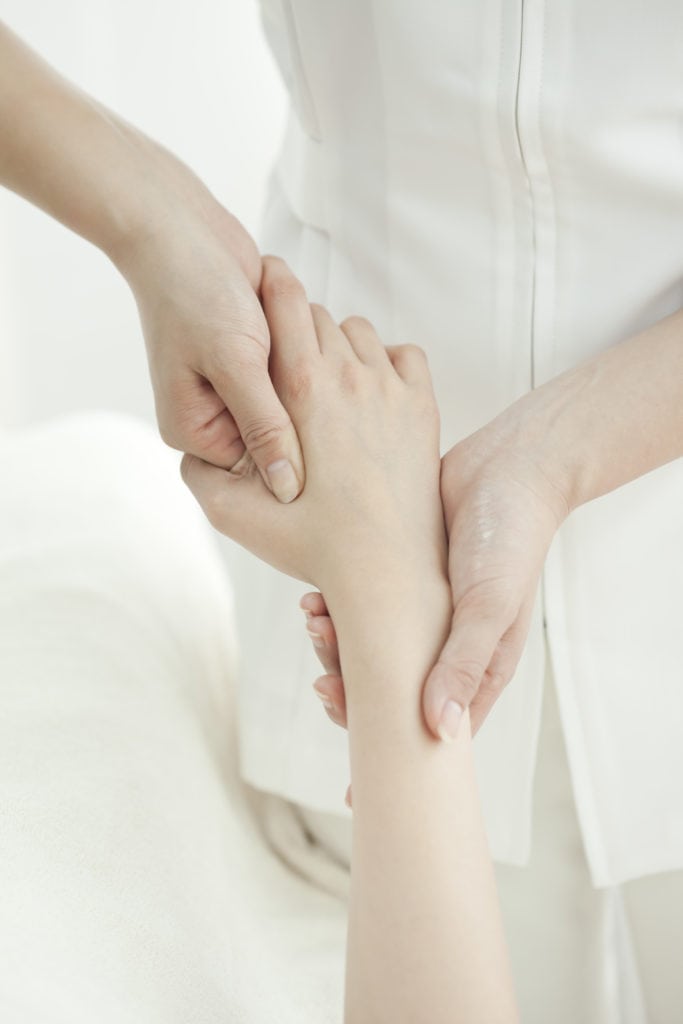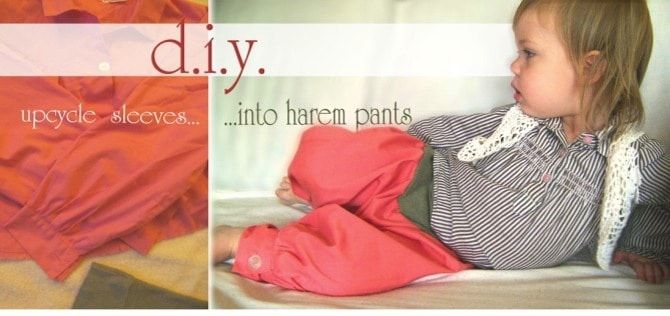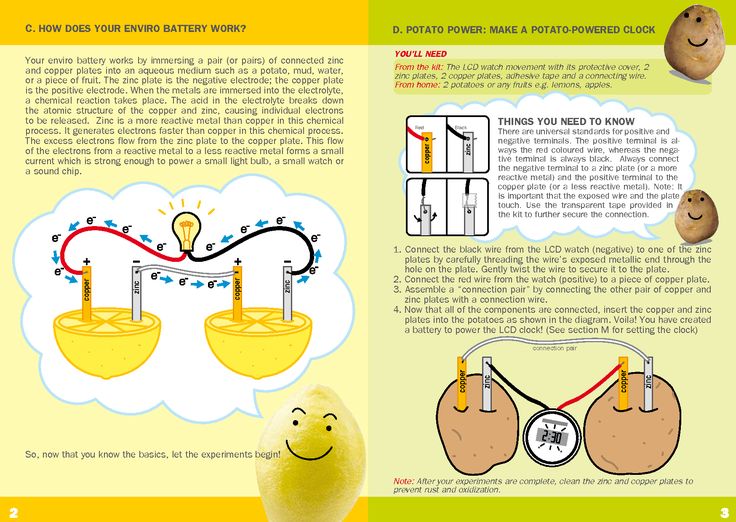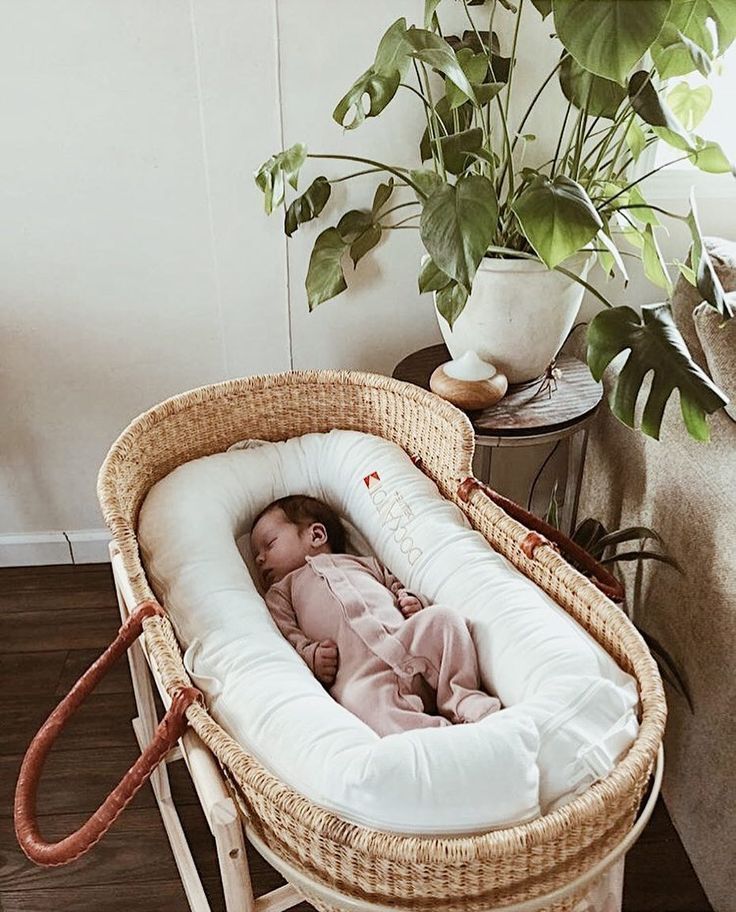Ways to cope with spider veins during pregnancy
Prevent Varicose Veins and Spider Veins
Carrying a baby and the bodily changes that accompany it are indeed beautiful, but it can sometimes leave the pregnant woman with unpleasant feelings. Apart from aches, fatigue, and nausea, a woman is also likely to suffer from varicose veins and spider veins.
Notably, as a woman’s uterus enlarges, it also compresses the veins in the pelvic region. This is what causes varicose veins and further straining of already dilated veins. While these two conditions pose a minimal threat to a pregnant woman’s health, they can also cause embarrassments, frustrations or even pain.
Here are ways you can prevent or keep under control these two vein conditions, varicose veins and spider veins. Contact Premier Dermatology and Mohs Surgery of Atlanta today to learn more!
1. Exercise
Taking several short workouts increases the circulation of blood throughout your body. Any form of exercise improves the flow and is also good for the heart. Women in their late stages can consider light exercises like yoga or swimming. However, remember to consult your OB/GYN before exercising during pregnancy.
2. Wear elastic support stockings
You can compress the stress and reduce inflammation by using fitted compression stockings. These socks encourage blood to flow from the ankles upwards to the pelvis. You can also combine these stockings while performing your exercises. Wear them just before leaving the bed in the morning and put them on for the rest of the day.
3. Avoid sitting or standing for long periods
Try and avoid sitting in one position for over two hours. Our experts in Atlanta will always advise pregnant women to maintain blood circulation even though they still require plenty of rest.
4. Elevate your legs
If you are relaxing during the day, make sure your blood is moving throughout your body by elevating your feet above your head. Do this at least 20 minutes each time, several times a day.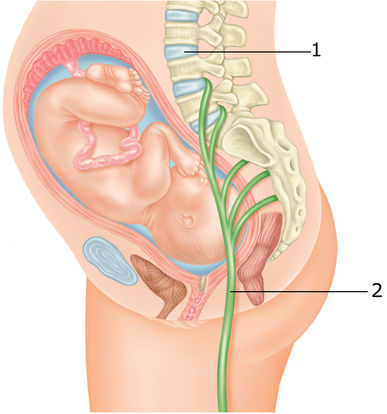 Flexing and pointing your feet in this position promotes circulation and prevents swelling in the legs.
Flexing and pointing your feet in this position promotes circulation and prevents swelling in the legs.
5. Eat and drink healthy
A diet rich in sodium causes water retention which in turn causes swelling in the legs by creating increased blood pressure through increased blood volume. Eating foods low in salt and rich in fiber also limits bowel distress and can maintain a healthy weight.
6. Embrace comfort
Restrictive clothing such as tight belts, ill-fitting shoes, and elastic undergarments can all aggravate vein complications. Instead, choose loose clothing that will promote circulation and ensure comfort.
For any vein-related questions, contact us today at Premier Dermatology and Mohs Surgery of Atlanta to schedule an appointment with our team! We will be happy to help you with any vein-related concerns you may have. Call us today!
Tweet
Filed Under: Blog Tagged With: Spider Veins, varicose veins
Treat Varicose Veins Naturally During Pregnancy
Varicose veins during pregnancy are caused by blood volume increases that put pressure on the veins.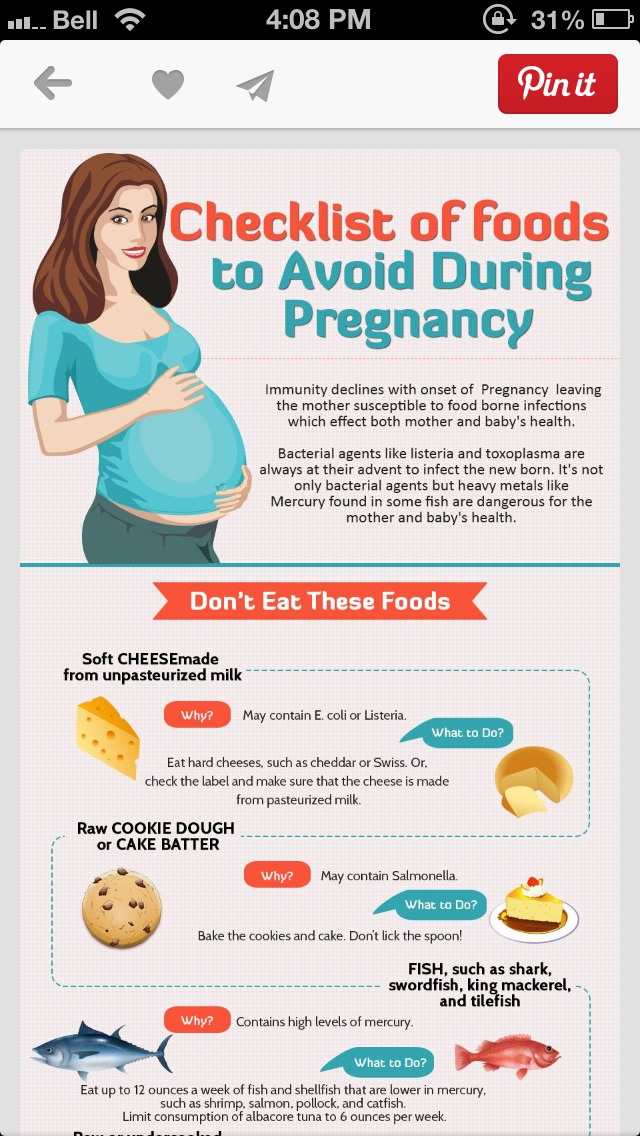 Varicose veins are enlarged veins that commonly occur in the legs, although during pregnancy they can also appear on the buttocks and vaginal area. Hormonal changes can also lead to varicose veins during pregnancy as increased progestin levels can dilate or open the veins. In addition, during pregnancy the uterus puts pressure on the inferior vena cava (the vein that carries blood from the legs and feet to the heart), further contributing to varicose veins.
Varicose veins are enlarged veins that commonly occur in the legs, although during pregnancy they can also appear on the buttocks and vaginal area. Hormonal changes can also lead to varicose veins during pregnancy as increased progestin levels can dilate or open the veins. In addition, during pregnancy the uterus puts pressure on the inferior vena cava (the vein that carries blood from the legs and feet to the heart), further contributing to varicose veins.
Varicose veins are generally harmless, although they may become itchy and uncomfortable. The good news is they typically diminish within three months to a year after giving birth.
Hemorrhoids are another kind of varicose vein in the anus or rectum that occurs during pregnancy and is oftentimes a result of constipation.
While varicose veins can be hereditary, and you can’t prevent the circulatory changes that occur during pregnancy, there are some ways you can prevent or minimize varicose veins.
These preventative measures are ultimately your best treatment option during pregnancy:
- Avoid sitting or standing in the same position for long periods of time.
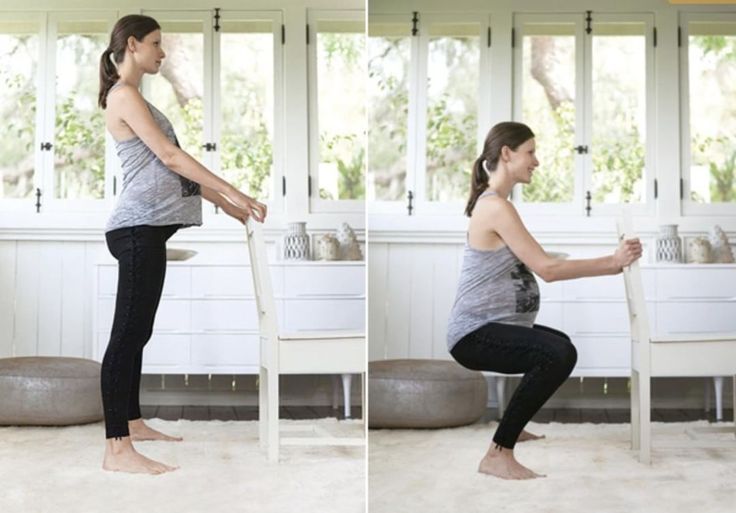 Make sure to take breaks to change your position.
Make sure to take breaks to change your position. - Avoid wearing high heels. It is better to wear lower-heel or flat shoes as this works your calf muscles, fostering healthy circulation.
- Get regular exercise. Talk with your doctor to confirm if it is safe for you to exercise during pregnancy.
- Wear maternity support hosiery. These put pressure on the legs, stimulating blood flow up the leg towards the heart. However, avoid wearing tight hose that cut off circulation.
- Avoid crossing your legs while sitting.
- Elevate your legs periodically to improve circulation.
- Sleep on your left side. This will help relieve pressure on the inferior vena cava.
- Reduce sodium intake to minimize swelling of the veins.
- Drink plenty of water and eat enough fiber to prevent constipation.
Warning: Some have used horse chestnut seed extract (with the poisonous esculin removed) to treat varicose veins. However, consuming the raw bark, flower, seed, or leaf of this plant is poisonous and can cause death.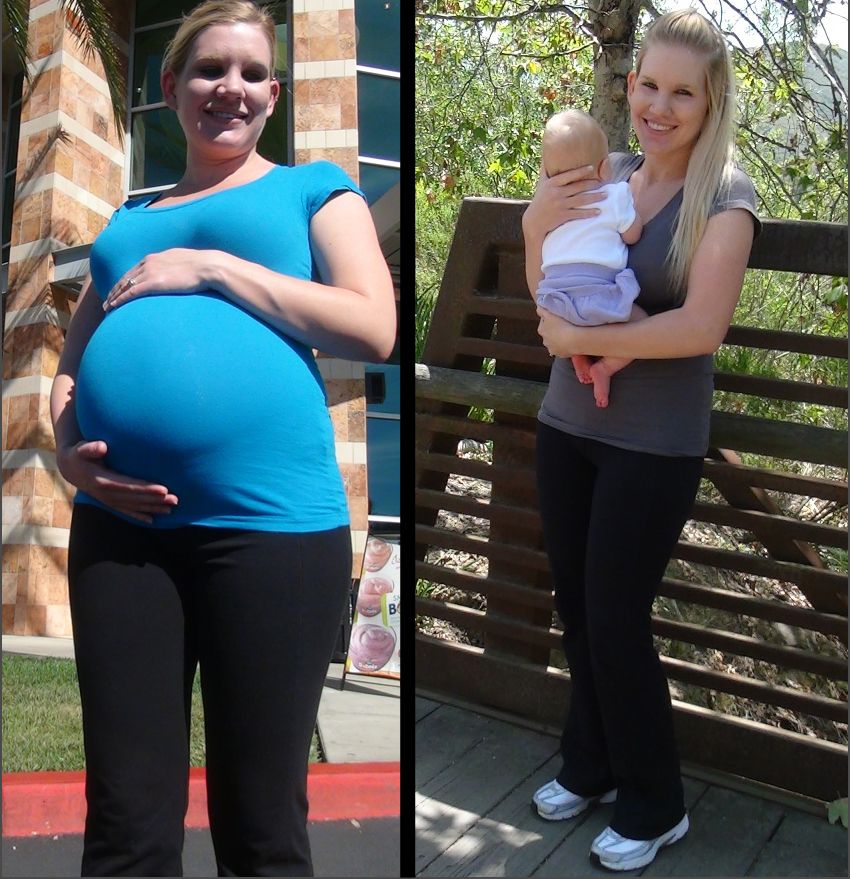 The safety of using horse chestnut extract with the esculin removed during pregnancy remains unknown.
The safety of using horse chestnut extract with the esculin removed during pregnancy remains unknown.
Therefore, it is best to avoid using it if you are pregnant or breastfeeding.
How to Treat Varicose Veins Naturally During Pregnancy When Naturally Does Not Work
Varicose vein surgery is not recommend during pregnancy as varicose veins generally improve after giving birth. Contact your doctor if the veins become swollen, warm, tender, or red, if they bleed, if you have a rash on your leg or ankle, or if the skin on leg changes color or thickens.
- Skin Changes During Pregnancy
Compiled using information from the following sources:
1. Aetna Inc. (2015). Clinical policy bulletin: Varicose veins, Number 0050.
2. Mayo Clinic Staff. (2013, January 31). Varicose veins.
https://www.mayoclinic.org/diseases-conditions/varicose-veins/basics/definition/con-20043474
3.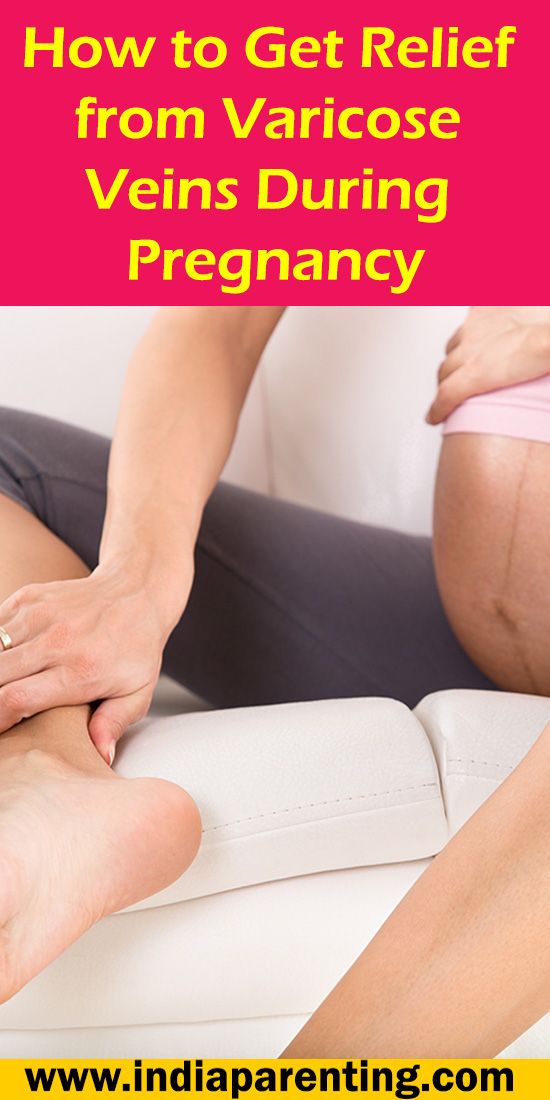 MedlinePlus. (2014) Horse chestnut.
MedlinePlus. (2014) Horse chestnut.
https://www.nlm.nih.gov
4. Murry, M. M. (2013, April 10. Varicose veins and pregnancy: Legs and more.
https://www.mayoclinic.org/healthy-lifestyle/pregnancy-week-by-week/expert-blog/varicose-veins-and-pregnancy/bgp-20055799
5. Nemours. (2013). Why do some pregnant women get varicose veins?
https://kidshealth.org/parent/question/infants/veins.html
6. Office on Women’s Health, U.S. Department of Health and Human Services. (2012). Varicose veins and spider veins fact sheet.
Varicose veins during pregnancy - what to do and how to treat varicose veins in the legs
Varicose veins are persistent and irreversible enlargement resulting from pathological changes in the walls and valves of blood vessels. The superficial veins in the legs most often expand, since they have increased pressure when standing and walking. Varicose veins during pregnancy is one of the diseases that can appear or progress during the period of gestation. Because of this, women get sick 4 times more often than men.
Because of this, women get sick 4 times more often than men.
Causes
The following reasons contribute to the occurrence of varicose veins during pregnancy:
- Violation of the outflow of blood from the veins of the lower extremities. This is because the growing uterus presses on the inferior vena cava - a large abdominal vein that collects blood from the lower half of the trunk and lower extremities.
- During pregnancy, the blood is more viscous, flows more slowly, this also contributes to venous congestion.
- The increase in body weight during gestation increases the load on the legs.
The development of varicose veins is promoted by wearing high-heeled shoes, prolonged work in a standing position, lifting weights, and overweight.
Symptoms
The first symptom is a visible increase in the vessels of the lower extremities. The veins are blue or purple, tortuous, protrude above the surface of the skin, may be serpentine or knobby (nodular) in shape.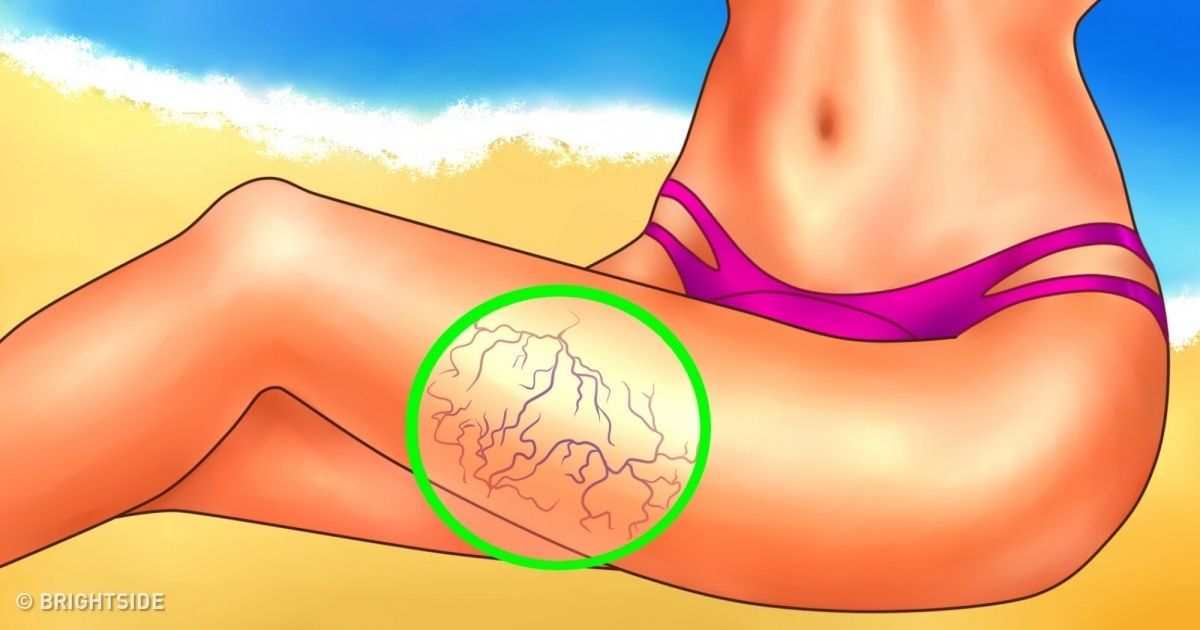 At the initial stage of the disease, a woman is only concerned about a cosmetic defect.
At the initial stage of the disease, a woman is only concerned about a cosmetic defect.
Other complaints follow. Edema appears, increasing in the evening and decreasing or completely disappearing after rest and a night's sleep. At night, convulsions may disturb. When walking, rapid fatigue is observed, there may be a feeling of fullness and pain.
Varicose veins of the lower extremities are observed in 50% of pregnant women, but not all of them suffer from true varicose veins, when irreversible changes appear in the venous wall. For most, the disease is functional in nature, that is, it is temporary, and after childbirth, when the factors that prevent normal venous outflow are eliminated, the tubes return to normal. This usually happens within a year.
Regression does not occur if the predisposition is independent of pregnancy. In this case, close relatives usually have varicose veins, or the woman herself had some symptoms even before conception.
Diagnostics
As you know, the “gold standard” for diagnosing pathology is ultrasound duplex scanning (USDS) of the veins of the lower extremities.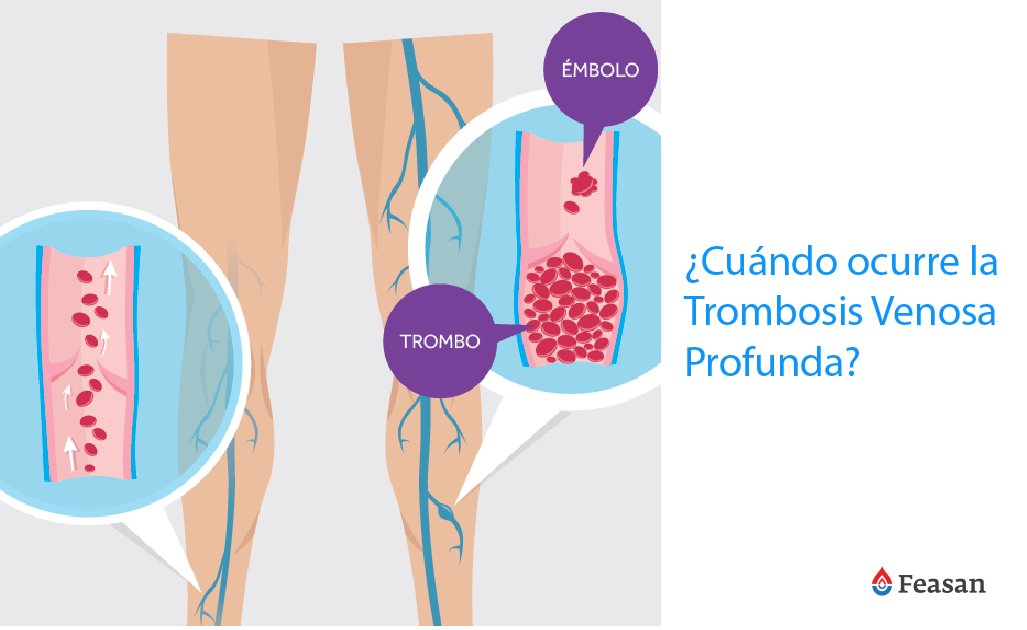 This is a safe procedure for the expectant mother. Experienced obstetricians and gynecologists strongly recommend that pregnant women visit a phlebologist in the early stages of pregnancy, which contributes to the early prevention of complications of varicose veins in the postpartum period.
This is a safe procedure for the expectant mother. Experienced obstetricians and gynecologists strongly recommend that pregnant women visit a phlebologist in the early stages of pregnancy, which contributes to the early prevention of complications of varicose veins in the postpartum period.
Stockings for varicose veins during pregnancy
During pregnancy, it is recommended to wear special compression (anti-varicose) tights and stockings. They need to be put on in a prone position, slightly lifting the leg up. There are 4 compression classes (pressure levels):
- 18-21 mmHg
- 23-32 mmHg
- 33-48 mmHg
- over 49 mmHg
During pregnancy, it is recommended to use compression class 1-2. The third class of compression hosiery is used for the late stage of leg varicose veins, the fourth class - only for severe congenital anomalies of the venous system.
Tights should be specially designed for expectant mothers so that they do not put pressure on the growing belly, but support it.
How much to wear?
After 20 weeks, you need to wear a bandage. It supports the uterus and reduces pressure on the large vessels of the abdominal cavity, thereby improving the outflow of blood from the lower half of the body.
Compression underwear and a bandage should be bought in pharmacies, it is important to choose the right size for them.
Exercise
It is recommended to attend gymnastics for pregnant women or do exercises at home. Particularly good prevention of varicose veins are classes in the pool. Sports strengthen the walls of blood vessels and improve blood flow. In addition, gymnastics is the prevention of overweight.
A contrast shower on the calf muscles is useful.
If you think you have a predisposition to varicose veins, you should avoid saunas and thermal treatments.
As often as possible, try to give your legs an elevated position. Don't sit cross-legged for long periods of time.
Wear comfortable shoes with small heels.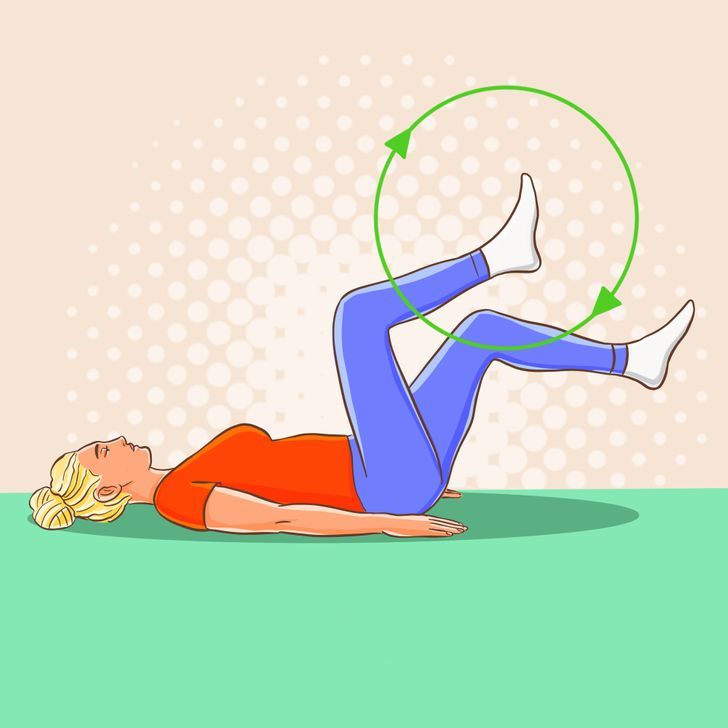
You can use creams for pregnant women "to relieve fatigue from the legs", such creams usually contain plant substances that, with regular use, strengthen the walls of superficial veins.
Treatment
Treatment of true varicose veins is surgical. During pregnancy, surgical treatment is carried out only for emergency indications, in view of the development of complications (thrombophlebitis).
A modern method of treatment is sclerotherapy, when a chemical substance is injected into the lumen of the vein, which leads to sclerosis and closure of its lumen. Endovasal methods are also minimally invasive treatments performed on an outpatient basis (described in the relevant sections of our website). They may be an alternative to surgical treatment. However, during pregnancy and lactation are also contraindicated.
All other methods are aimed only at preventing the disease from developing and temporarily reducing symptoms.
Most often, various ointments and gels are used, which are applied to the affected limb. For example, heparin-containing ointments reduce blood clotting and prevent the formation of blood clots. Venotonics (allowed only from the second trimester of pregnancy) have a decongestant and anti-inflammatory effect and strengthen the walls of blood vessels.
For example, heparin-containing ointments reduce blood clotting and prevent the formation of blood clots. Venotonics (allowed only from the second trimester of pregnancy) have a decongestant and anti-inflammatory effect and strengthen the walls of blood vessels.
The diagnostic equipment used in our center has been tested in ROSTEST and has an appropriate conclusion about the absence of contraindications for use in pregnant women and children.
In the medical center "Yuzhny" they are very kind to expectant mothers and experienced phlebologists are well versed in the methods of diagnosing CVI and the secrets of preserving your beautiful legs after childbirth.
causes and how to remove them
Contents
- What are spider veins
- Causes of spider veins on the face
- Varieties of spider veins
- Can cosmetics get rid of spider veins?
- Which doctor to contact for diagnosis and treatment
- How to remove spider veins with cosmetic methods
- A review of cosmetics for skin care with spider veins
- Precautions
- Expert advice
What are spider veins
Spider veins or spider veins on the face are nothing more than dilated capillaries that appear through the skin, looking like "stars" or "spiders".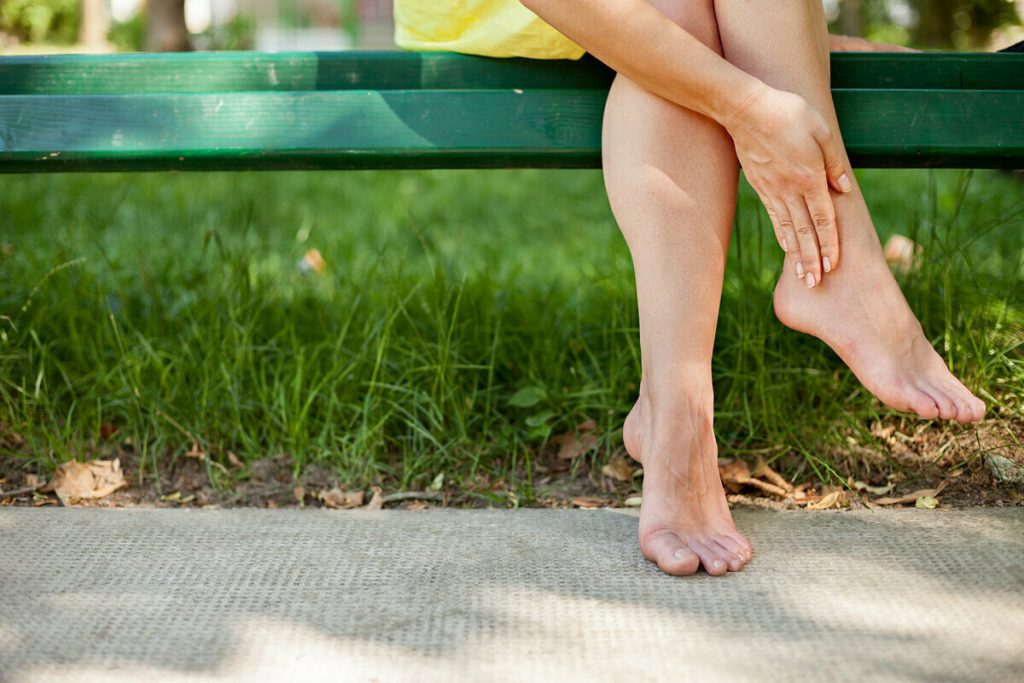 Doctors call them telangiectasias.
Doctors call them telangiectasias.
“Couperose occurs as a result of circulatory disorders. Vessels expand, blood stagnation occurs. As a result, the load on the capillaries increases, which leads to thinning of their walls. The capillaries are deformed and form a mesh visible on the skin. The skin becomes sensitive, prone to dryness and redness.
Expansion of individual capillaries on the face is rosacea. © Getty Images
Back to index
Causes of spider veins on the face
Spider veins are considered purely aesthetic, but should not be taken lightly. And here's why: they reflect circulatory disorders in the skin or in the body as a whole - the reasons can be both internal and external.
Internal causes
-
Hereditary predisposition (thin light skin, located close to the surface, naturally weak vessels), in this case, a spider vein can appear even in a child.
-
High blood pressure is an additional burden on the entire circulatory system down to the smallest capillaries.
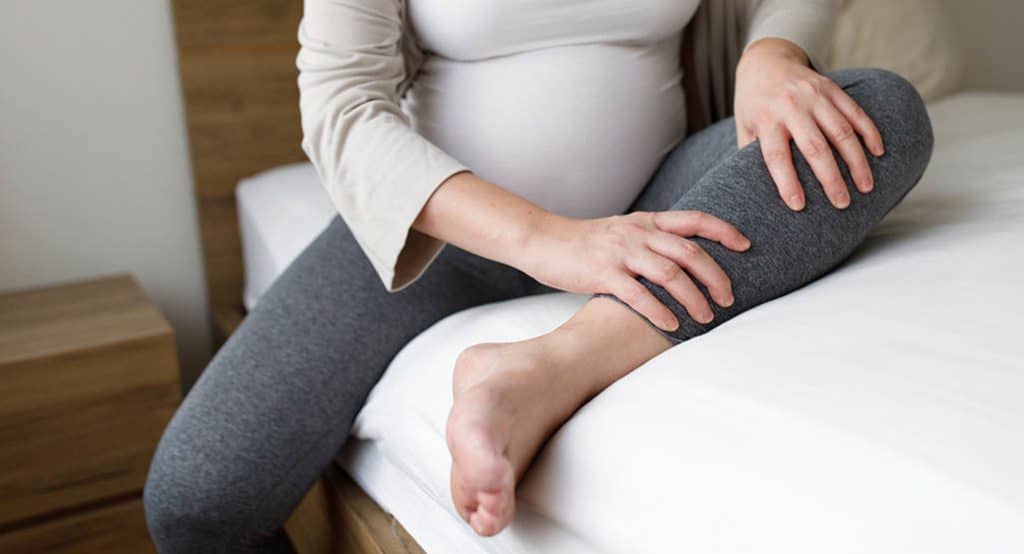
-
Hormonal disruptions (imbalance of estrogen and progesterone) reduce the elasticity of blood vessels and lead to their fragility. For this reason, a tendency to rosacea may appear during pregnancy or menopause. Spider veins sometimes occur as a reaction to hormonal contraceptives.
-
Severe vitamin C deficiency results in vascular fragility.
-
Some liver diseases are also accompanied by rosacea.
-
In diseases of the hypothalamus, the main center of human thermoregulation, spider veins can be considered the least of the problems.
Influence of external factors
Frost, as well as temperature contrasts, is a test for vessels, which they do not always successfully cope with. © Getty Images
-
Nicotine makes blood vessels brittle and reduces tissue elasticity.
-
Alcohol dilates blood vessels, increasing blood flow and provoking its stagnation.
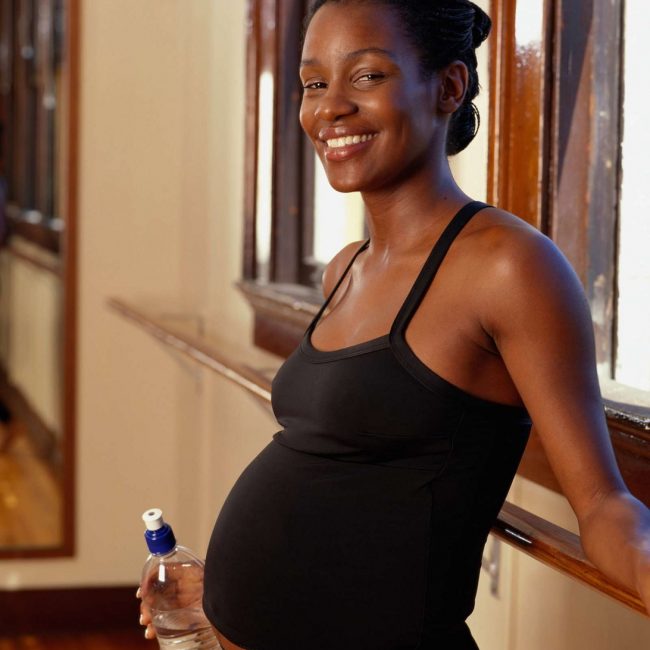
-
Any emotional stress is accompanied by an increase in pressure, it is no coincidence that a person is covered with red spots from anger, resentment and other negative experiences.
-
Abuse of spicy and hot food leads to the expansion of blood vessels.
-
Excess ultraviolet radiation has a traumatic effect on the walls of skin capillaries.
“The frosty Russian winter adversely affects the vessels of the face. In the cold, they narrow, and in a warm room they expand. Sudden changes in temperature contribute to the appearance of redness and capillary network.
Back to the top
Varieties of spider veins
Spider veins (telangiectasias) on the face can look quite diverse, which does not change their essence. © Getty Images
As configured
-
Arachnids.
-
Spot.
-
Linear.
The difference in configurations has nothing to do with the causes of telangiectasias and does not affect the methods of their removal.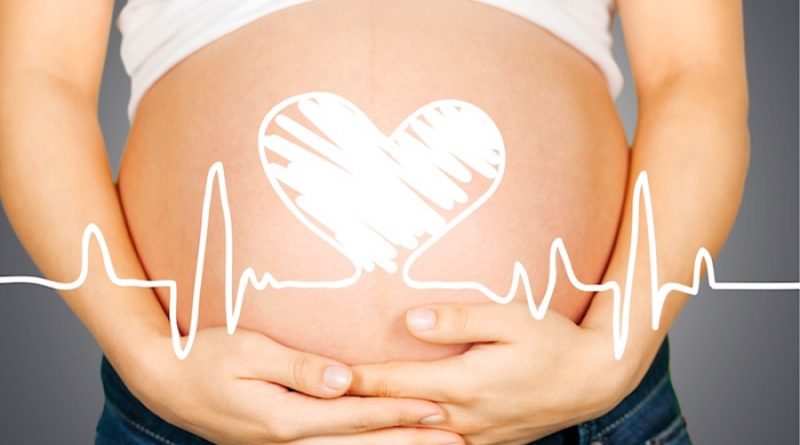 The question is the number of spider veins. When there are more than one of them, we can talk about a tendency to form them. So, it is worth consulting with a dermatologist until the dotted stars begin to merge into couperose spots.
The question is the number of spider veins. When there are more than one of them, we can talk about a tendency to form them. So, it is worth consulting with a dermatologist until the dotted stars begin to merge into couperose spots.
Origin and location
Spider veins on the face are always dilated capillaries. Most common location:
-
cheeks - over the years, the blush no longer seems fresh and even and begins to resemble a mesh, which indicates the development of rosacea;
-
nose wings - usually everything starts with linear capillaries;
-
chin;
-
forehead.
“Couperosis is most common on the nose, cheeks and chin, and somewhat less frequently on the forehead. In addition to redness and visible spider veins, it can be manifested by a burning sensation, dry skin and peeling.
Back to the Table of Contents
Is it possible to get rid of spider veins on the face with the help of cosmetics?
The answer is no.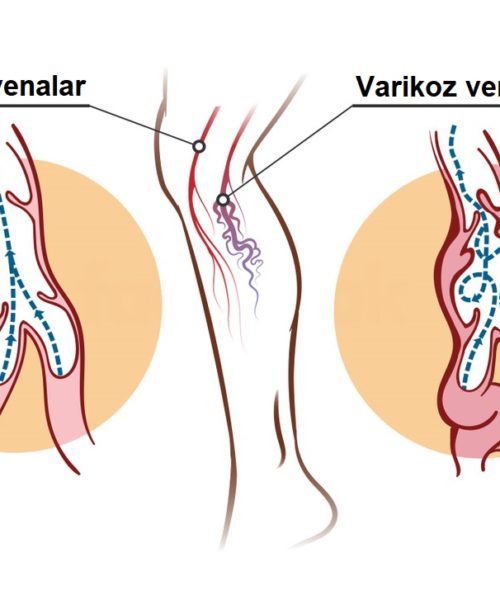 Unfortunately, getting rid of spider veins on the face at home with the help of cosmetics, masks, folk remedies, exercises or self-massage will not work. A spider vein is an enlarged vessel, it will not disappear under the action of cosmetics and will be visible under the skin.
Unfortunately, getting rid of spider veins on the face at home with the help of cosmetics, masks, folk remedies, exercises or self-massage will not work. A spider vein is an enlarged vessel, it will not disappear under the action of cosmetics and will be visible under the skin.
With the help of cosmetics, we can only mask spider veins - a thick foundation or BB cream will help here. © Getty Images
Back to Table of Contents
Which doctor to contact for diagnosis and treatment
For any aesthetic or other skin-related issues, it is best to consult a dermatologist or dermatologist-cosmetologist. It needs a doctor. Moreover, spider veins, as we have already found out, can appear due to serious internal causes. The doctor will figure out how to deal with them and whether it is necessary to involve other specialists in the treatment. You may need certain cosmetic procedures.
Back to the Table of Contents
How to remove spider veins using cosmetic methods
In the fight against spider veins on the face, three tactics have proved to be excellent, which really allow you to remove this defect.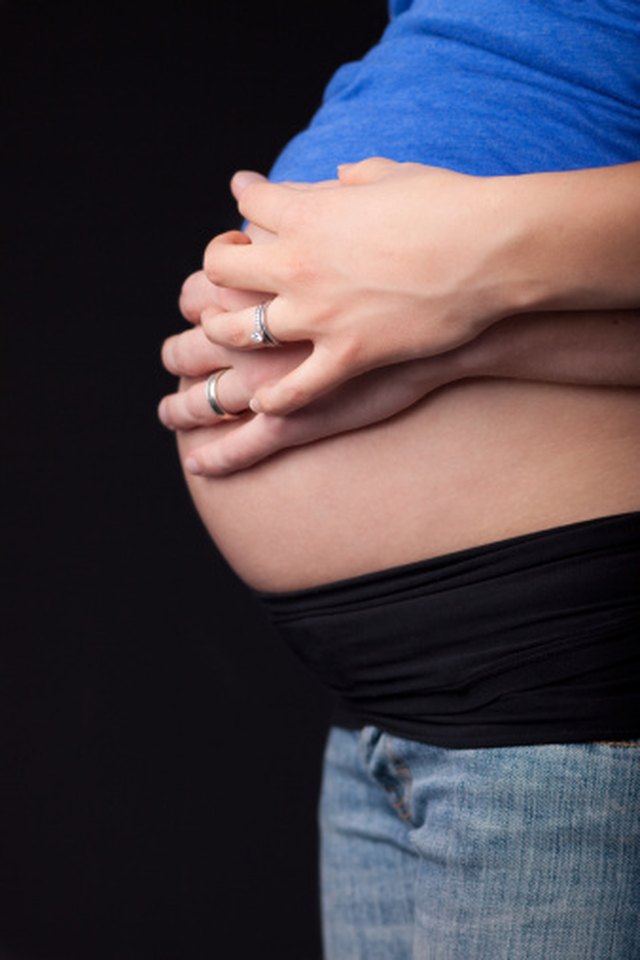 © Getty Images
© Getty Images
-
Laser therapy: under the action of the laser, the skin area is heated to the required depth, the damaged capillary is “sealed”, and the spider vein disappears from the skin surface.
-
Photorejuvenation: the same effect is achieved with light exposure.
-
Ozone therapy: , unlike the previous hardware methods, involves the introduction of an ozone-oxygen mixture under the skin according to the principle of mesotherapy. Active ozone destroys the damaged capillary, while having a beneficial effect on the circulatory system as a whole.
Back to index
Overview of cosmetics for skin care with spider veins
The only way we can cosmetically help the skin with spider veins is to take good care of it. Look for products that say they are for redness-prone or sensitive skin.
Cleansing
Rosaliac Gel, La Roche-Posay micellar gel for face and eyelids is specially designed for reddened skin.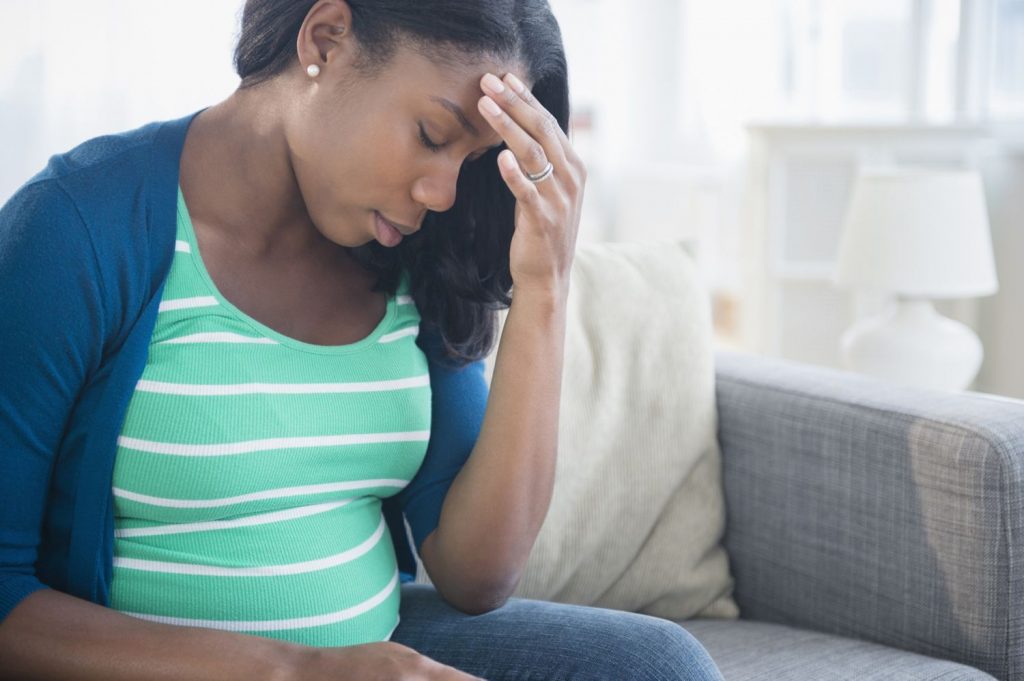 Contains moisturizing hyaluronic acid & thermal water.
Contains moisturizing hyaluronic acid & thermal water.
Kiehl's Centella Sensitive Skin Cleanser gently cleanses sensitive skin. Centella, long known in oriental medicine, helps the skin recover and protect itself from adverse external factors.
Creams
Moisturizing emulsion for redness-prone skin, SPF 15, Rosaliac UV Légère, La Roche-Posay contains vitamin CG, which strengthens the walls of blood vessels, improves microcirculation and eliminates redness. Also contains vitamin B3, caffeine.
Masks
Hydration + Comfort sheet mask for dry and sensitive skin, Garnier contains soothing chamomile extract, visibly reduces redness, intensively moisturizes the skin, gives a feeling of comfort.
Phyto Corrective Masque, SkinCeuticals - among other herbal ingredients, the formula includes thyme extract and its active ingredient thymol, an active antioxidant.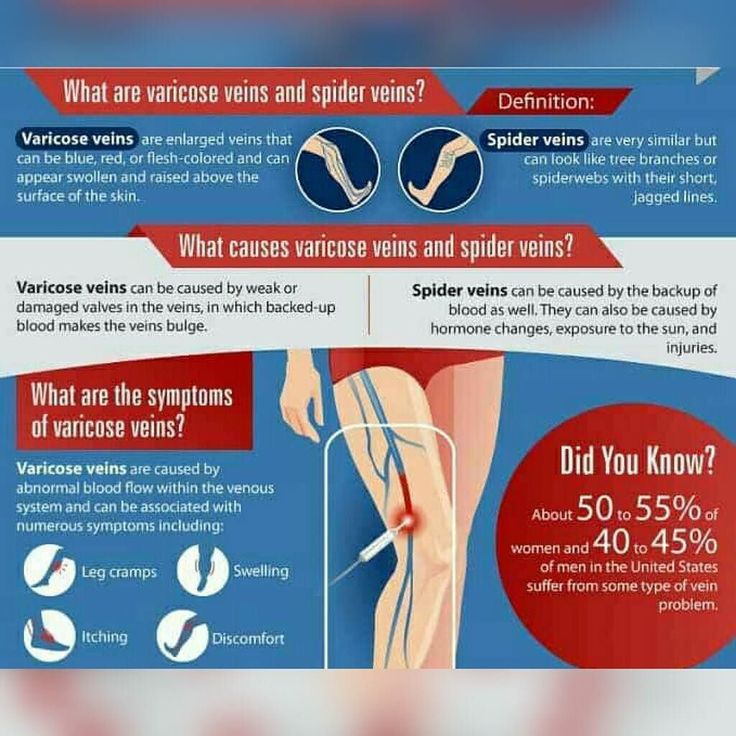
Serums
Blue Therapy Serum, Biotherm , thanks to the extract of thermal plankton and algae, has regenerative properties. Serves as a sedative, protects against the negative effects of external factors.
Toners
Corrective Day Cream, Rosaliac CC Crème, SPF 30, La Roche-Posay perfectly masks redness, protects from the sun. Contains ambophenol, which reduces skin redness.
Corrective tonal fluid Dermablend, Vichy reliably camouflages almost any skin imperfections, including spider veins. The composition of the formula traditionally for Vichy includes thermal water.
Back to the Table of Contents
Precautions
In the presence of spider veins in skin care, it is important to adhere to the following rules:
-
choose cosmetics for sensitive skin;
-
avoid oily masks and heavy textures;
-
do not use scrubs;
-
do not steam the face;
-
exclude temperature contrasts, as well as a bath, sauna;
-
avoid active massages;
-
Always wear sunscreen.
